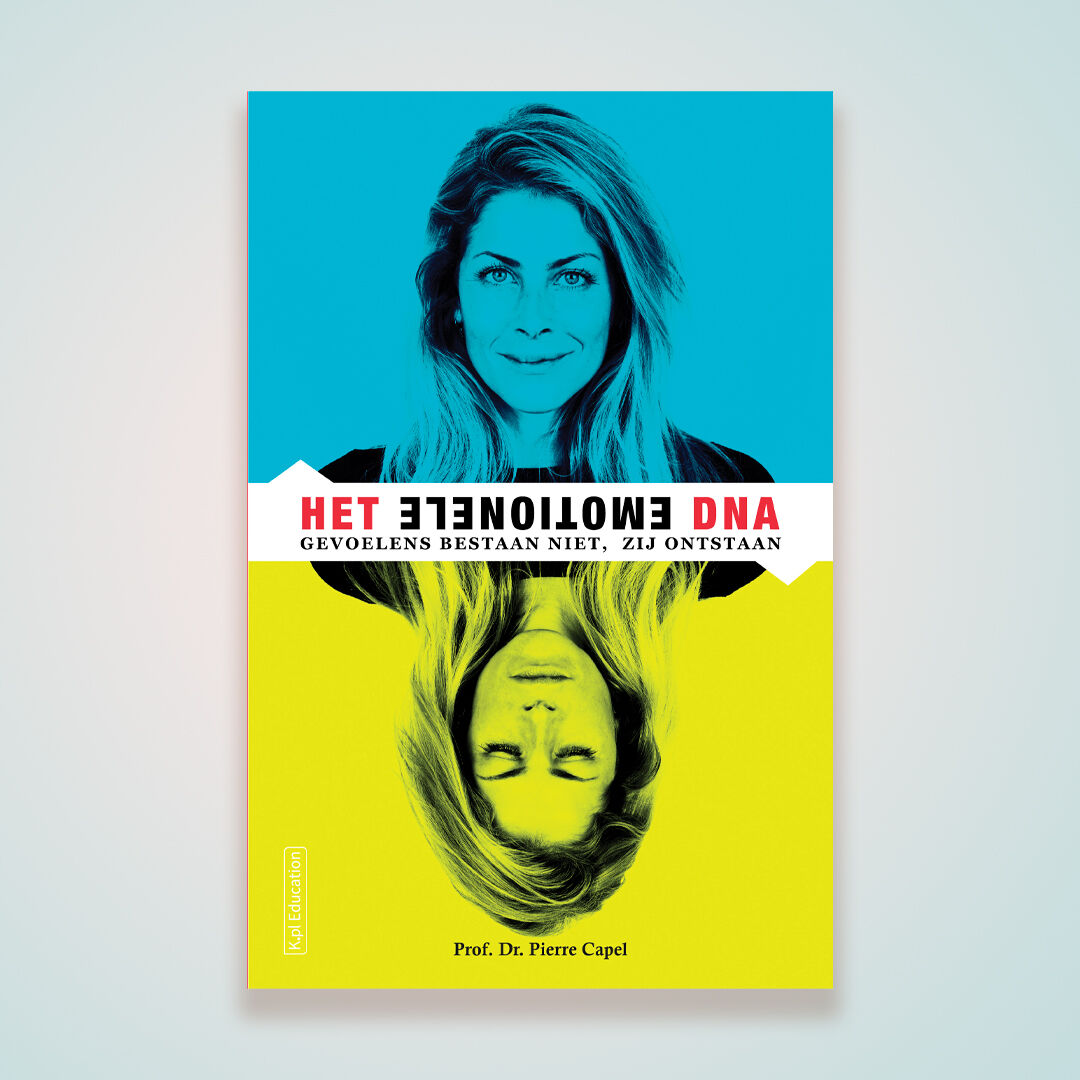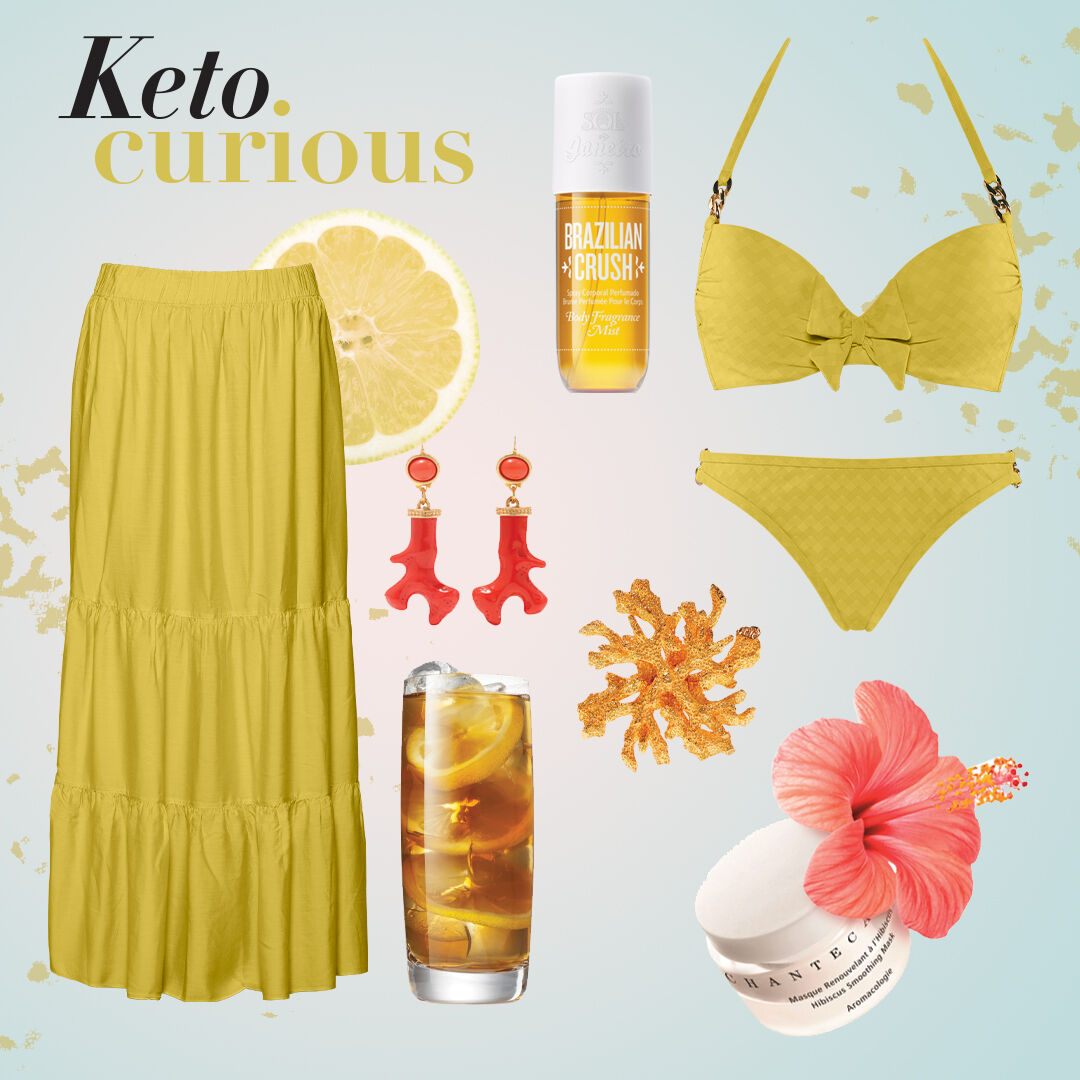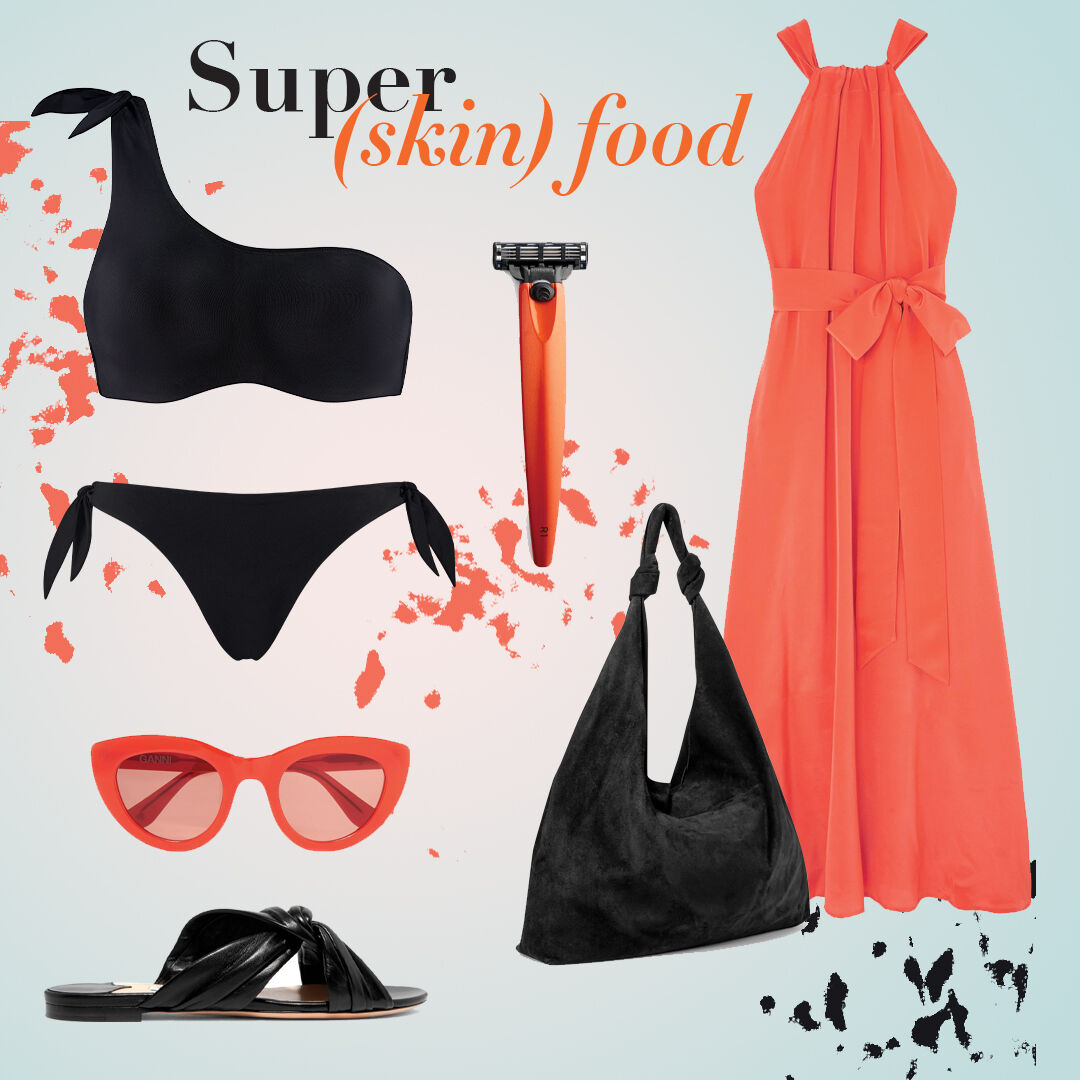Dining with Cleopatra – written by Charlotte Kleyn
Glamour, sex and beauty: Cleopatra had it all. Some say the Egyptian queen owed her smooth skin to a daily bath in donkey milk, instead of water. But what did she like to find on her dinner plate?
He wants to make a bet? So be it! Cleopatra would show her Roman lover that it was she who could organize the most expensive dinner ever seen. The queen commanded her cooks to bring enormous amounts of pigeons, stuffed with exclusive spices from the far East, cakes dripping with honey, seasonal vegetables, figs, and more. During the dinner, she took a pearl from her ear and dropped it in her glass of wine. It dissolved at once. Cleopatra drank the wine and, consequently, defeated Mark Antony: the dinner had cost ten million sesterces.
This is but one of the many stories about the extravagance, beauty and decadence constructed around the last queen of Egypt. The problem is: we don’t know if it actually happened. For a start, it’s impossible to dissolve a pearl in wine. The only source talking about this copious feast was written a hundred years after the event, by Pliny the Elder, a Roman writer. And, the Romans, they weren’t very keen on Cleopatra. They described her as a power hungry and dangerous woman, who used her body for politics. They ‘forgot’ to mention that she spoke over ten languages and was well educated in mathematics, philosophy, oratory and astronomy.
However, we have other historical and archaeological sources which tell us about the food habits of Egyptians in Cleopatra’s age. Olive oil, bread, cheeses, vegetables, legumes and herbs were in abundance, and the queen could also expect to find fish from the Nile, raised mutton and wild game on her table. Egyptians had both beer – a very heavy one, more like a porridge – and wine to accompany their meals. Sugar, originally from India, was not yet known, but dishes were sweetened with honey and fruit juices.
According to some sources, there was always fava beans soup or stew served at Cleopatra’s table. The beans were dried, which gives a different flavour than fresh fava beans. More than two thousand years after the last Egyptian Queen died, these beans are still the core of Egyptian cuisine. National food ful medames is a stew, soup or dip, often mixed with garlic, tahini (sesame paste), lemon and olive oil. Very much worth a try.
About Charlotte
Charlotte Kleyn is a culinary historian and journalist. She writes for Het Parool, JAN Magazine, the University of Amsterdam and more. In 2018 she published her book ‘Luilekkerland, 400 years of cooking in the Netherlands’ and early 2021 her new book ‘TREK, stories and recipes from inns, galleys and picnic baskets, then and now’ will be launched.
MD Friends
Building bridges
From the Erasmus Bridge and the Mercedes-Benz Museum to Qatar’s metro network; Ben van Berkel’s iconic landmarks bring people together in rapturous beauty, again and again. I talked with the Dutch architect and educator about sensuality, ‘healthy’ buildings and the remarkable parallels between our designs.
MD Friends
More than a feeling
Don’t ignore your emotions; they are much more powerful than you can imagine. By linking the magical world of emotions with hard science, Dutch scientist Pierre Capel, professor emeritus in experimental immunology, shows us the consequences of our feelings and the power of our minds. The message: we can do much more than we think. “Meditate. It’s the single best thing you can do for your health.”
Marlies Says
Keto curious?
The fact that I feel bikini-confident all year round is, of course, a nice bonus. But for me, the biggest payoff of following the keto diet is the way it optimizes my health and gives me tons of energy.
Marlies Says
Super (skin) food
‘If you can’t eat it, why put it on your skin?’. I pretty much live by this beauty adage. After all, with your skin being one of your body’s largest organs, anything – and I mean anything! – you put onto your skin will end up in your bloodstream.











